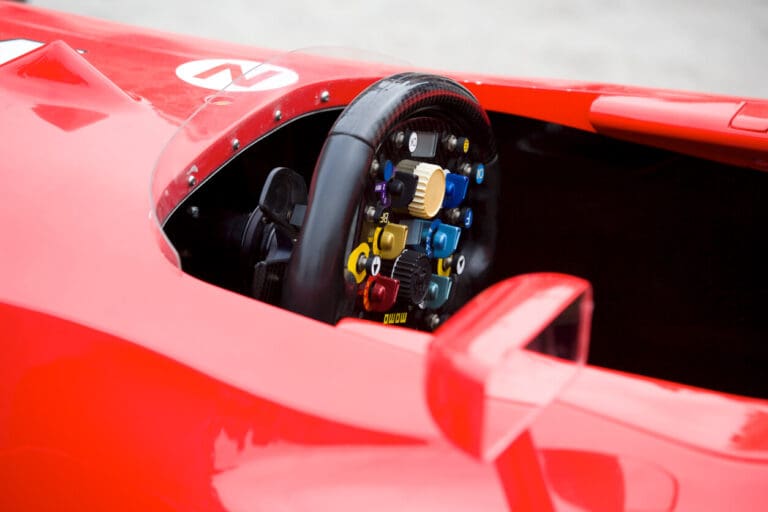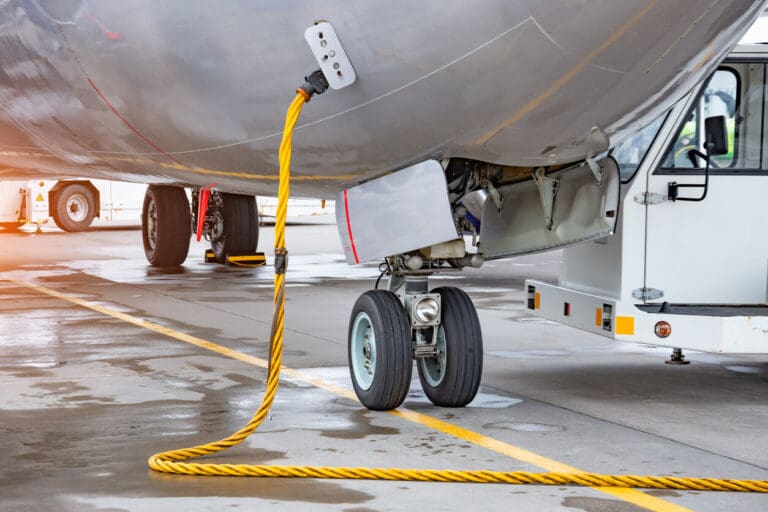
Are Motorsport Cables the Hidden Upgrade Behind Faster Lap Times?
Motorsport teams chase marginal gains in every area of the car, yet many still treat...
Read MoreThe rapid advancement of robotics has transformed industries worldwide, leading to a surge in demand for specialised components. Central to these developments is the need for robust and efficient cable assemblies, a critical component in ensuring the smooth operation of sophisticated robotic systems. Let’s look into the fascinating world of cable manufacturing for the robotic industry, exploring the intricacies and requirements of robotic cable assembly.
Robotics is rapidly evolving, bringing a growing demand for cables that are not just functional but also exceptionally durable and flexible. As robots become more sophisticated, the cables that power and control them must withstand constant movement and harsh conditions without compromising performance. This shift has necessitated an evolution in cable manufacturing, where traditional methods and materials are being rethought. Manufacturers are now tasked with creating cables that can endure the rigours of advanced robotics, often involving innovative materials and novel design techniques to meet these technological demands. This progression marks a significant step in ensuring that cables are as advanced as the robots they support.
In robotics, cable manufacturing must address two critical requirements: high flexibility and durability. The dynamic nature of robotic movements necessitates cables that can withstand continuous flexing and bending without degrading. Durability is equally important, as cables in robotic applications are often exposed to harsh environments, including extreme temperatures and abrasive conditions.
Additionally, the diversity of robotic applications calls for custom cable solutions. Each robotic system may have unique power, control, and environmental needs, making it essential for cable solutions to be tailored specifically to each application, ensuring optimal performance and longevity.
Technological Innovations in Cable Manufacturing
Recent advancements in cable manufacturing, especially for the robotic industry, have been remarkable. Innovations in materials have led to the development of more durable, flexible, and heat-resistant cables, crucial for the demanding environments in which robots operate. In manufacturing, automation has played a pivotal role in enhancing precision and efficiency in cable production. Automation ensures consistent quality in cable manufacturing, which is vital for the complex and exacting requirements of robotic applications. These technological strides are pivotal in pushing the boundaries of what’s possible in robotic technology.
In robotics, cable assemblies find diverse applications across various sectors, each necessitating specialised cables tailored to specific requirements:
Ensuring the quality and reliability of cable assemblies in robotics is critical, as it’s more cost-effective to test and validate them before installation than to troubleshoot afterwards. Adherence to the IPC/WHMA-A-620 standard is fundamental in this process. This comprehensive standard guides manufacturers on various aspects, including insulation, crimps, and connector installation. A thorough checklist, including:
is essential for identifying potential issues like broken wires and short circuits.
Key testing requirements focus on the quality, strength, and reliability of cable assemblies. They must meet high specifications for:
reflecting the challenging conditions of robotics operations, such as high-speed motions and repetitive twisting. Rigorous testing, including,
is indispensable. These tests, designed for the demanding nature of robotics, include pull testing and continuity checks to ensure that the cable assemblies can withstand diverse environmental conditions across various applications, from industrial to medical to aerospace. This rigorous testing regime is crucial to identify and rectify any potential failure points, ensuring the reliability of the cable assemblies in all operating conditions.
Looking ahead, the future of cable manufacturing in robotics is poised for groundbreaking developments. We can anticipate advancements in materials science leading to even more robust and flexible cables capable of withstanding the increasing demands of advanced robotics. Industry trends suggest a move towards smart cables equipped with sensors to monitor performance and predict maintenance needs. The integration of nanotechnology and the development of more sustainable, eco-friendly materials are also on the horizon. Such innovations will be crucial in keeping pace with the rapid evolution of robotics, ensuring that cable manufacturing remains a cornerstone of technological progress in this dynamic field.Top of FormTop of Form
The intricate world of robotics cable assembly showcases the vital intersection of advanced technology and meticulous manufacturing processes. These cable assemblies, pivotal in the seamless operation of various robotic systems, undergo rigorous testing to ensure they withstand the challenges of their respective environments. This comprehensive approach in manufacturing and testing ensures that cable assemblies not only meet the current demands of the robotic industry but are also poised to adapt and evolve with its future advancements.

Motorsport teams chase marginal gains in every area of the car, yet many still treat...
Read More
The wiring harness is a high-risk single point of failure in any complex system. If...
Read More
The wiring harness is the highest risk, lowest profile element in flight-critical infrastructure. When your...
Read MoreReady to talk cables, fibre or full network solutions? Get in touch with our team today, we’re here to help.